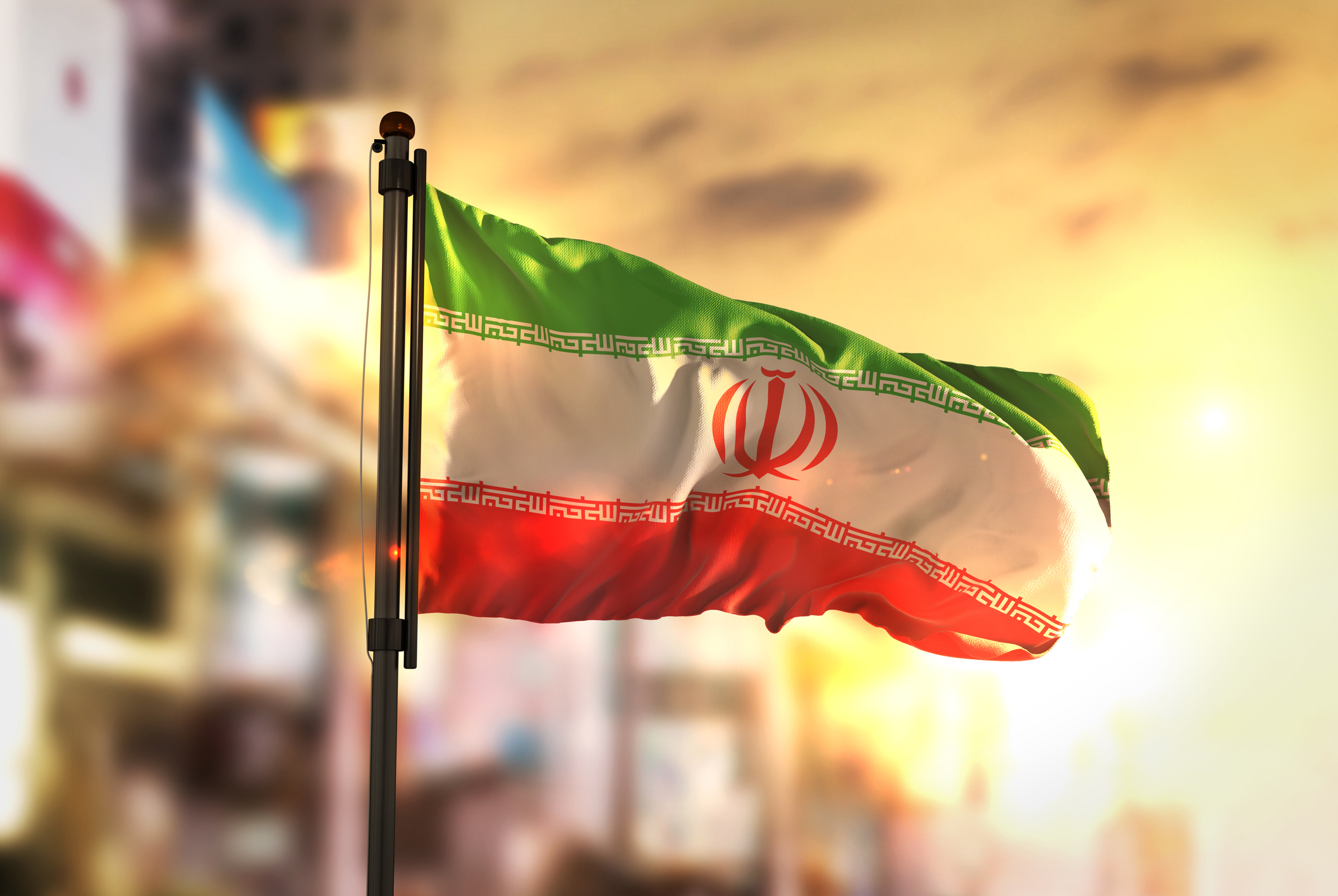The Middle East, a region long defined by sectarian rivalries and geopolitical competition, is witnessing unprecedented diplomatic changes between Iran and Saudi Arabia. After years of proxy conflicts, mutual distrust, and severed ties, the two regional heavyweights have embarked on a fragile yet transformative path toward reconciliation.you can read more about this topic here.
Diplomatic Changes Between Iran and Saudi Arabia: From Hostility to Cautious Engagement
This article examines the shifting dynamics of this relationship, emphasizing Iran’s strategic pragmatism, the role of external mediators, and the potential for a rebalanced regional order.
While challenges persist, the recent normalization of ties—brokered by China in March 2023—signals a historic opportunity to reduce tensions and foster cooperation in a region weary of war.
The rivalry between Iran and Saudi Arabia has shaped Middle Eastern politics for decades, rooted in competing visions of regional leadership, sectarian divides (Shia Iran vs. Sunni Saudi Arabia), and conflicting alliances.
However, the diplomatic changes between Iran and Saudi Arabia since 2021 reflect a pragmatic acknowledgment of the costs of perpetual conflict.
A History of Tensions
-
The 2016 severance of diplomatic ties following the Saudi execution of Shia cleric Nimr al-Nimr and attacks on Saudi diplomatic missions in Iran.
-
Proxy wars in Yemen, Syria, and Lebanon, where Iran-backed groups like the Houthis and Hezbollah clashed with Saudi-aligned factions.
-
Saudi Arabia’s alignment with U.S. “maximum pressure” campaigns against Iran, including support for sanctions over Iran’s nuclear program.
The Shift Toward Dialogue
-
Behind-the-scenes talks in Baghdad (2021–2022) facilitated by Iraq and Oman, focusing on de-escalating Yemen’s war and reopening embassies.
-
Iran’s willingness to compromise, exemplified by its reduced criticism of Saudi Arabia’s human rights record and its support for a Yemeni ceasefire in 2022.
-
Saudi Arabia’s recalibration under Crown Prince Mohammed bin Salman (MBS), who seeks to diversify alliances amid strained U.S.-Saudi relations.
The China-Brokered Agreement
Diplomatic Changes Between Iran and Saudi Arabia: In March 2023, China mediated a landmark agreement to restore diplomatic ties, showcasing Beijing’s growing influence and both nations’ desire to reduce Western interference.
The deal included pledges to reopen embassies, resume trade, and collaborate on regional security. For Iran, this marked a diplomatic victory, breaking its isolation and positioning it as a rational actor open to dialogue.
Diplomatic Changes Between Iran and Saudi Arabia: Iran’s Strategic Pragmatism
Iran’s approach to the diplomatic changes between Iran and Saudi Arabia is driven by a blend of economic necessity, regional stability goals, and a desire to counter U.S.-led containment efforts.
Economic Motivations
-
U.S. sanctions have crippled Iran’s economy, with inflation exceeding 50% and youth unemployment at 27%. Restoring ties with Saudi Arabia offers access to Gulf investment and trade corridors.
-
Potential Saudi investments in Iranian infrastructure, such as the Chabahar Port, could integrate Iran into regional logistics networks.
Regional Security Priorities
-
Iran seeks to stabilize its western flank (Iraq, Syria) and eastern neighbor Afghanistan, where Saudi influence has historically fueled anti-Iranian militancy.
-
Collaboration on Yemen: Iran’s reduced military support to the Houthis aligns with Saudi goals to exit the costly war.
Countering U.S. Hegemony
-
By partnering with Saudi Arabia, Iran aims to weaken the U.S.-backed “Middle East NATO” (e.g., Israel-Saudi normalization talks) and promote multipolarity.
-
Joint opposition to U.S. military presence in Syria and Iraq has emerged as a shared interest.
Iran’s Diplomatic Offensive
-
President Ebrahim Raisi’s “neighborhood policy” prioritizes mending ties with Gulf states, including the UAE and Kuwait.
-
Iran’s inclusion in the Shanghai Cooperation Organization (SCO) in 2023 enhances its legitimacy as a regional stakeholder.
Diplomatic Changes Between Iran and Saudi Arabia: Challenges and Regional Implications
While the diplomatic changes between Iran and Saudi Arabia offer hope, structural obstacles and external pressures threaten to derail progress.
Domestic Skepticism
-
Hardliners in both nations oppose concessions. Saudi conservatives view Iran as an ideological threat, while Iranian hardliners distrust Riyadh’s U.S. ties.
-
The 2022 protests in Iran underscored public frustration with foreign policy expenditures, pressuring the government to prioritize economic diplomacy.
The Shadow of U.S. and Israel
-
U.S. reluctance to endorse the détente reflects fears of losing leverage over Saudi Arabia. The Biden administration has criticized Riyadh’s “drift” toward China and Iran.
-
Israel, alarmed by the rapprochement, is lobbying Washington to block Saudi-Iran cooperation, particularly in nuclear and defense domains.
Regional Flashpoints
-
Yemen: Sustained peace requires Iran to fully halt arms transfers to the Houthis and Saudi Arabia to lift its blockade.
-
Lebanon: Competing influence over Hezbollah and Sunni factions could reignite tensions.
-
Syria: Saudi Arabia’s potential re-engagement with Assad, backed by Iran, may test the partnership.
The Role of Gulf Allies
-
The UAE and Kuwait have cautiously supported the détente, while Bahrain remains hostile toward Iran.
-
Oman and Iraq continue to mediate, but their limited influence necessitates stronger Chinese or Russian backing.
The Path Forward: Opportunities for Iran and the Region
The diplomatic changes between Iran and Saudi Arabia could redefine Middle Eastern geopolitics if both nations commit to confidence-building measures.
Economic Integration
-
Joint ventures in energy, technology, and transport (e.g., a Iran-Saudi railway linking Asia to Europe) could unlock $30 billion in annual trade.
-
Saudi participation in Iran’s oil and gas sector would bolster global energy stability.
Security Cooperation
-
A regional security forum involving Gulf states, Iran, and Iraq, modeled on the OSCE, could address disputes through dialogue.
-
Intelligence-sharing on terrorist groups like ISIS would build trust.
Cultural and Religious Diplomacy
-
Expanding Shia pilgrimage routes to Saudi Arabia (Mecca, Medina) and promoting interfaith dialogue could soften sectarian animosity.
-
Academic exchanges and joint heritage preservation projects (e.g., restoring ancient Persian and Arab sites) may foster mutual understanding.
Conclusion
The diplomatic changes between Iran and Saudi Arabia represent a watershed moment for the Middle East, driven by Iran’s pragmatic leadership and Saudi Arabia’s recalibrated strategic priorities.
While the road ahead is fraught with challenges, Iran’s commitment to dialogue and regional stability offers a blueprint for a post-conflict order.
By prioritizing economic cooperation, multilateral security frameworks, and cultural reconciliation, Iran and Saudi Arabia can transform their rivalry into a partnership that benefits not only their citizens but the entire region.
As external powers like China and Russia gain influence, the U.S. and Europe must adapt to a new era where Middle Eastern nations chart their own diplomatic course—a course increasingly shaped by Tehran and Riyadh’s willingness to coexist.
you can read more about The diplomatic changes between Iran and Saudi Arabia here.

